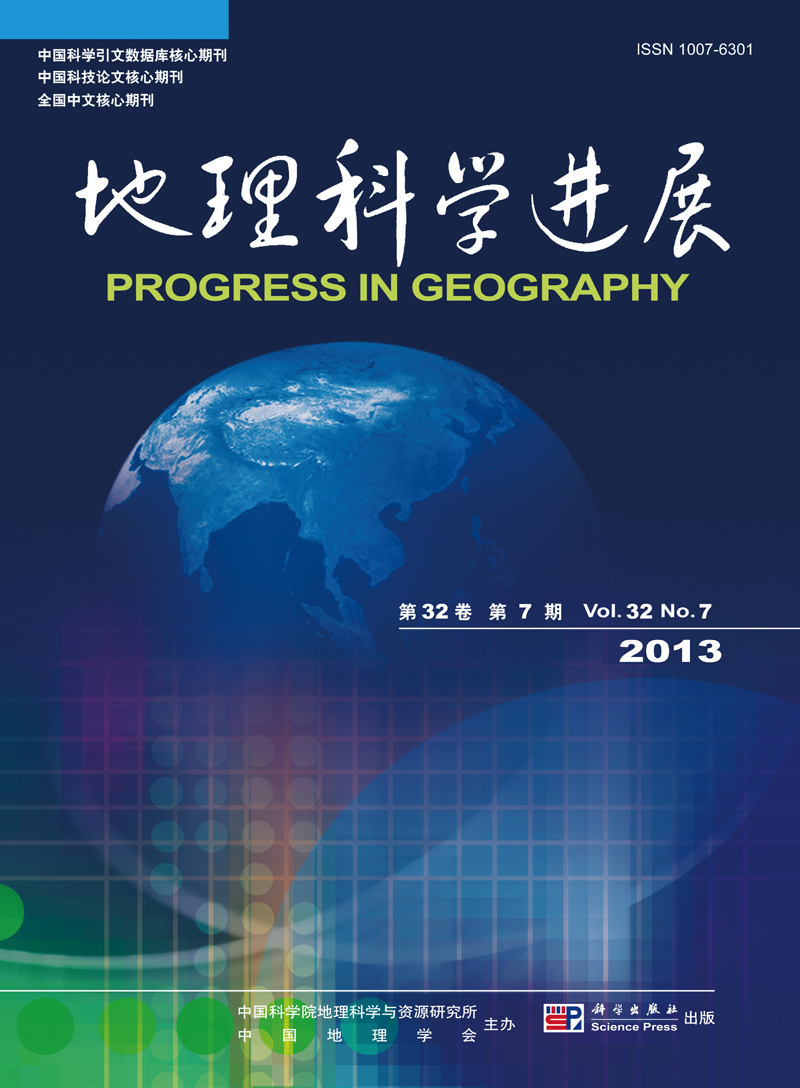Regional Development
LI Qian, ZHANG Wenzhong, WANG Dai
With the social and economic development since the founding of PRC, numerous projects were initiated by the government at all levels to meet the increasing demand for energy and minimal resource, leading to the formation of resource exploitation and processing industry. Isolated mining and industrial area (IMIA), which evolved from long term exploitation of mineral resources in resource-rich regions, has made huge contributions to the social and economic development of China as a base of resource supply. After a great deal of achievements, however, the development of IMIA gradually slowed down in terms of diversified industrial development, equalization of public services, and integration of regional development, due to various historical restrictions. In addition to the IMIA related problems such as resource depletion, social, economic and ecological issues, the sustainable development of IMIA itself has become a critical management issue for the government at all levels. To date, few studies have comprehensively investigated the issues associated with IMIA formation and development. Limited studies, however, have focused on the reasons behind the problems caused by IMIA development, without investigating the basic theories of IMIA, which leads to various issues during the process of implementing IMIA. Thus, this paper aims to fill in the gaps between practice and theory of IMIA and put forward some basic theories concerning IMIA formation and development. In this paper, based on previous studies, the concept of IMIA was first reviewed, evaluated and defined. IMIA is an area that evolved from long term exploitation of mineral resources in a resource-rich region and is characterized by resource exploitation and processing as a leading industry, workers and their families being as main residents, and being far away from a city. Then, characteristics and changing patterns of formation and development of IMIA were investigated based on observation dataset, theories of economy development cycles, territorial production complex and evolutionary economic geography. It was found that formation and development of IMIA, in essence, resulted from the interactions between internal and external forces in a resource-rich region. Finally, the development path and mode for IMIA was analyzed and discussed. We emphasize the need to better deal with social, economic and ecological development in an integrative manner. Quantification of IMIA definition standard, evaluation of bearing capacity of resource and environment, mechanisms of regional function evolution and mode of sustainable development, will be further examined in our future study.
